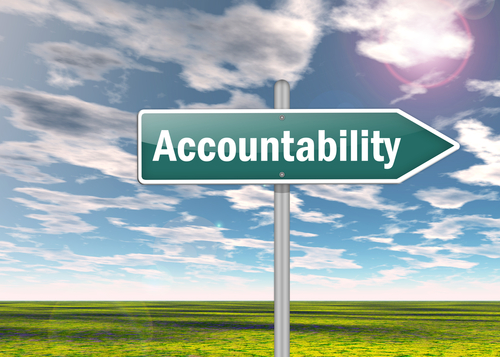Yesterday’s Advisor featured Nicole Price’s take on engagement—it has to be coupled with personal accountability; today, her tips for getting your engagement going.
 |
Price, with Cy Wakeman, Inc., in Elkhorn, Nebraska, offered her tips at the 2014 Advanced Employment Issues Symposium, held recently in Las Vegas.
How to Fix Engagement
Here are Price’s tips for getting an engagement program into high gear:
1. Stop surveying the victims. Yes, you have to give the survey to everybody, but get that top 20 percent focus group’s opinion. What should the company do? What do you think about this?
2. Fix the right stuff. Be careful about focusing on the perks and thinking that that is the path to greater engagement.
3. Plan action differently. Personally accountable people will tell you what they will do; entitlement people will be silent. Flex is what you do to make sure this will work.
HR pros want more involvement in the big picture … and less everyday minutiae. Click here to check out Bamboo HR’s survey results, The Strategic Costs of Employee Management Minutiae.
4. Work with the willing. With any given change, Price estimates, there is about a three percent chance of avoiding the resistance of the disengaged group. On the other end of the spectrum, your visionaries, the high performers, have the option of leaving if they don’t like what’s happening.
5. Engage or leave. The biggest complaint of top performers is that there is no differentiation between them and the disengaged. The message for the disengaged crowd? Engage or leave. Tell them, “You think there’s a third option, but there’s not.”
Three Final Tips
Price offers three additional tips that will help you on the road to accountability and engagement:
- Ask questions:
- When people complain, ask, why does that bother you so much?
- When people tattle, ask, what did you do to help?
- Engage the silent people. Those are the ones who come up to you after the meeting, and say, “I agreed with what you said in the meeting.”
- Find common ground. With adversaries, start with a common interest. If the company goes down, we all lose.
Driving engagement is one way you can have a significant effect on the entire organization. As the traditional role of HR continues to evolve, one thing is clear: HR pros want to be more productive and involved by handling bigger issues that directly impact the company and its bottom line. This is reinforced by the findings of the recent survey, The Strategic Costs of Employee Management Minutiae.
Recently, HR Daily Advisor®, in conjunction with BambooHR, polled 1,307 U.S.-based HR professionals, the majority of whom have worked in the HR industry for 10 years or more. Respondents were asked to gauge their thoughts and attitudes regarding the challenges they’re currently facing and how they spend their time versus how they think they should be spending their time. While they feel minutiae is a necessary part of their job, many HR pros want to be spending their time participating in higher-level functions.
Want to know what HR professionals (perhaps even those in your own company) are thinking? To download the full survey results, click here.
Feel like you’re drowning in the little details of HR Management? You’re not alone. Read BambooHR and HR Daily Advisor®’s survey report, The Strategic Costs of Employee Management Minutiae. Learn More
Survey Says …
This study’s results illustrate how HR practitioners perceive their role and how they’d like that role to develop as the modern workplace evolves. Here are some of the minutiae that HR professionals feel consume a lot or most of their time:
- Employee management, including answering questions, resolving issues, recognition, and discipline (71 percent mentioned this)
- Company policies and compliance (54 percent)
- Recruiting duties such as job fairs, listings and posts, reviewing résumés, reference and background checks, and interviewing (42 percent)
Contrast that with the top areas HR professionals said they would like more training on:
- Workforce planning (40 percent)
- Professional development (34 percent)
- Managing and overseeing company culture (32 percent)
For a full analysis, click here.
In addition to HR’s thoughts and attitudes towards their strategic role within organizations, the study also addresses how they view the shifting responsibilities between HR and management and what they perceive as the greatest threats to productivity.
